How to identify common sorrel
I've found quite a bit of sorrel in Lake Field, a few patches in other nearby farms and loads of it on the bank in front of the car park at the church just up the road. Sure, sometimes I can feel the puzzled gazes of passers-by on my neck as I scrabble about in the wet grass, but I'm getting a free meal out of it, so . . .
What sorrel tastes like
Recipe: Tangy, Wild, Green, Springtime Risotto (catchy name, right?)
Ingredients
- 2 tbsp vegetable oil
- 1 onion, chopped as finely as you can be bothered (not very fine, if you're me)
- 2 nice big knobs of butter (or vegan margarine)
- 250g arborio or carnaroli rice
- Half a glass of dry white wine (have some more on hand for the cook!)
- 1 litre vegetable stock (1 litre water, 1 or 2 stock cubes), hot
- 1 cup frozen peas
- A few stems of asparagus (trimmed, cut into 1 inch lengths)
- 2 cloves garlic, crushed
- A big bunch of sorrel, washed and roughly chopped
- A handful of other wild spring herbs (e.g. wild garlic, Jack-by-the-hedge), washed and finely chopped
- A handful of parsley, washed and finely chopped
- 100g cheese (soft goats cheese, or a mix of gruyere and cream cheese, or parmesan, or anything you like)
- Juice of half a lemon, zest of the whole lemon
- Freshly ground black pepper
- Salt
Method
- Prepare all your ingredients in advance. Make sure the stock is warm, the lemon is zested and juiced, the cheese is grated.
- Put a large saucepan on medium heat and add the oil. Fry the onion gently, stirring frequently, until it's translucent. Try not to let it brown. This usually takes a minimum of 5 minutes, even if you're impatient like me.
- Melt one knob of butter (or vegan margarine) with the onion then add the rice. Turn up the heat and stir the rice until it's all coated in oil and begins to go translucent (a minute or so).
- Pop the wine in with the rice (it will hiss!) and stir continuously until all the liquid has evaporated. Turn the heat back to medium-low.
- Start adding the stock, one ladle at a time, stirring after each ladleful until the rice has absorbed the liquid. This will probably take around 15 minutes. The low temperature helps ensure that the rice doesn't overcook on the outside and become mushy while the inside is still crunchy and undercooked. (If you're making a vegan risotto, add your umami about half way through this process.)
- When you've only got a bit of liquid left and the rice is almost done (just on the crunchy side of al dente), add the peas, asparagus, crushed garlic, lemon zest and the rest of the stock. I try to add these early enough so they have enough time to cook, but not so early that they'll be limp and brown.
- Turn off the heat, stir in the spring herbs and parsley. Add cheese (if using) and second knob of butter/margarine. As it's melting, stir briskly to up the creaminess factor.
- Just before you dish it up, mix in the sorrel (reserve a few small leaves for garnish), a squeeze of lemon juice and pepper and salt to suit your taste The sorrel is added at the end of this recipe so it retains more of its tangy flavour and stays greenish.
- Plate up, using remaining sorrel leaves for garnish. Eat that deliciously tangy risotto!
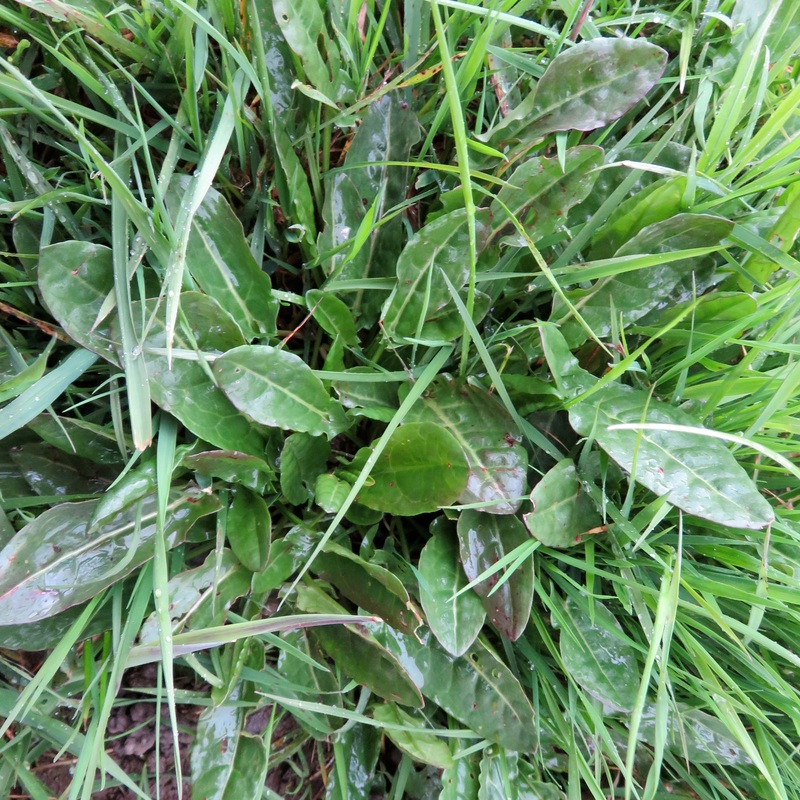
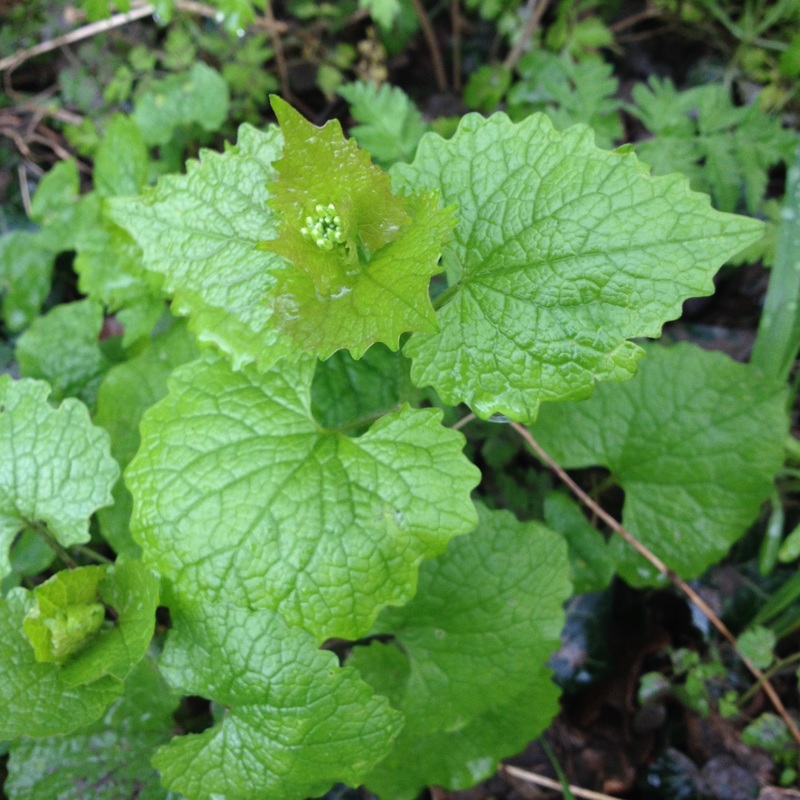
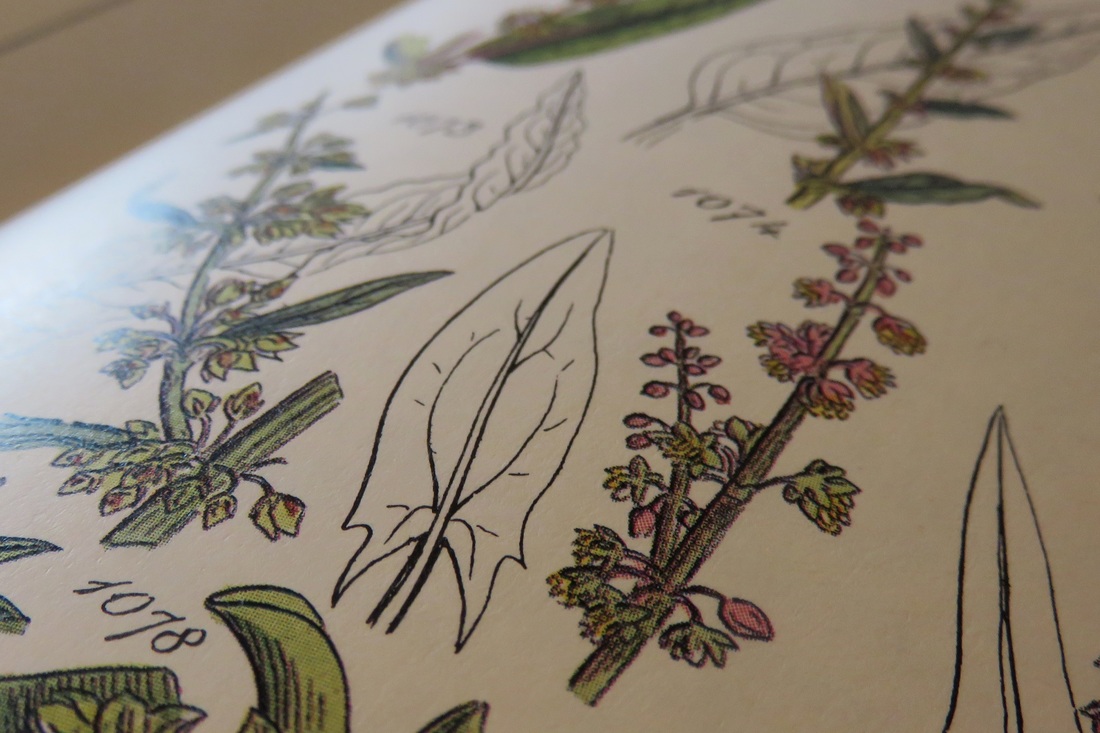

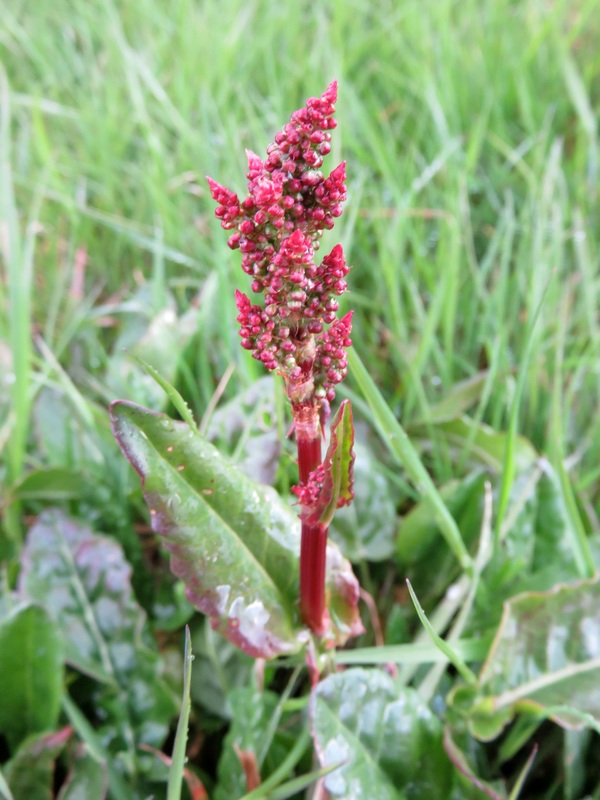
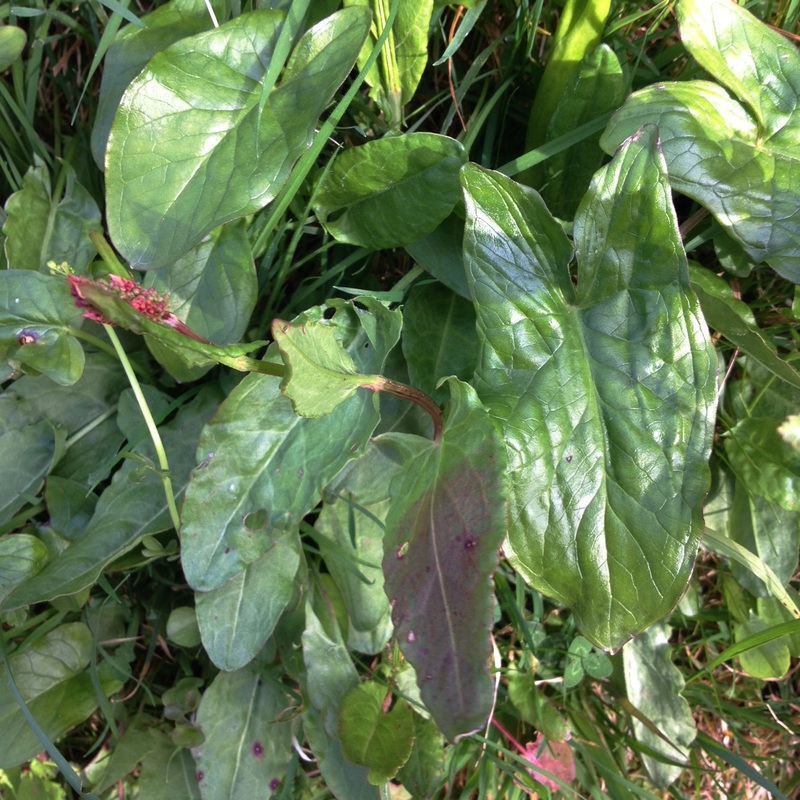
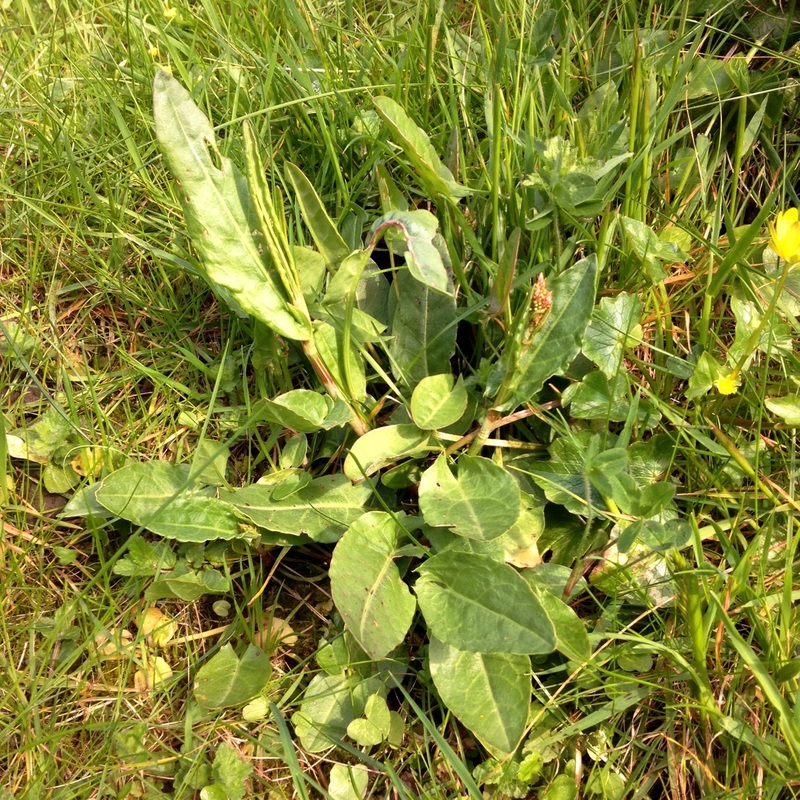
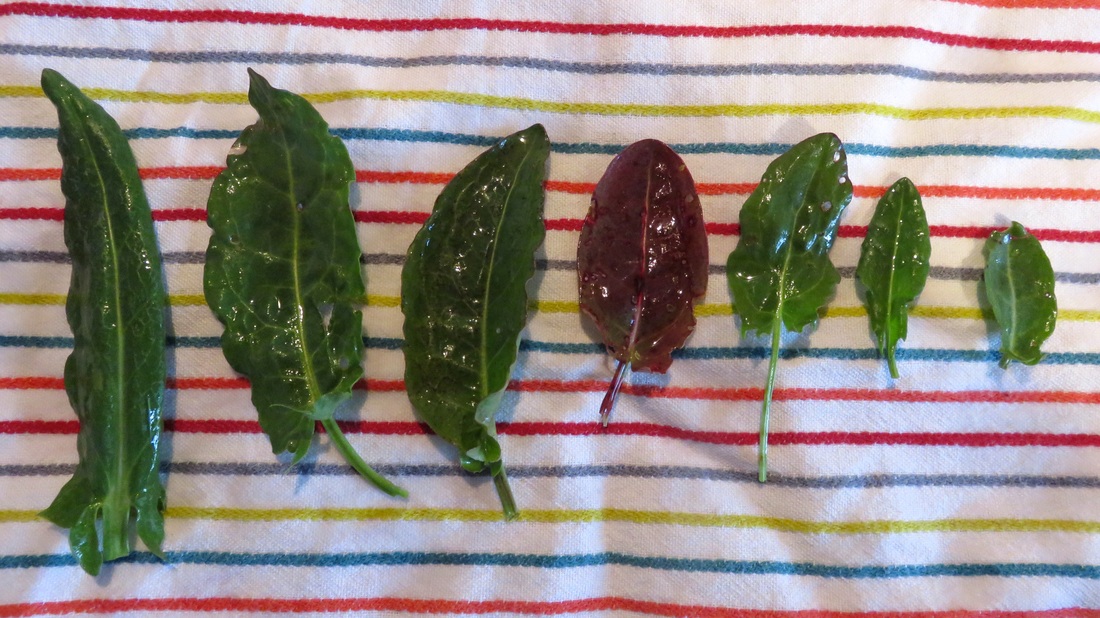
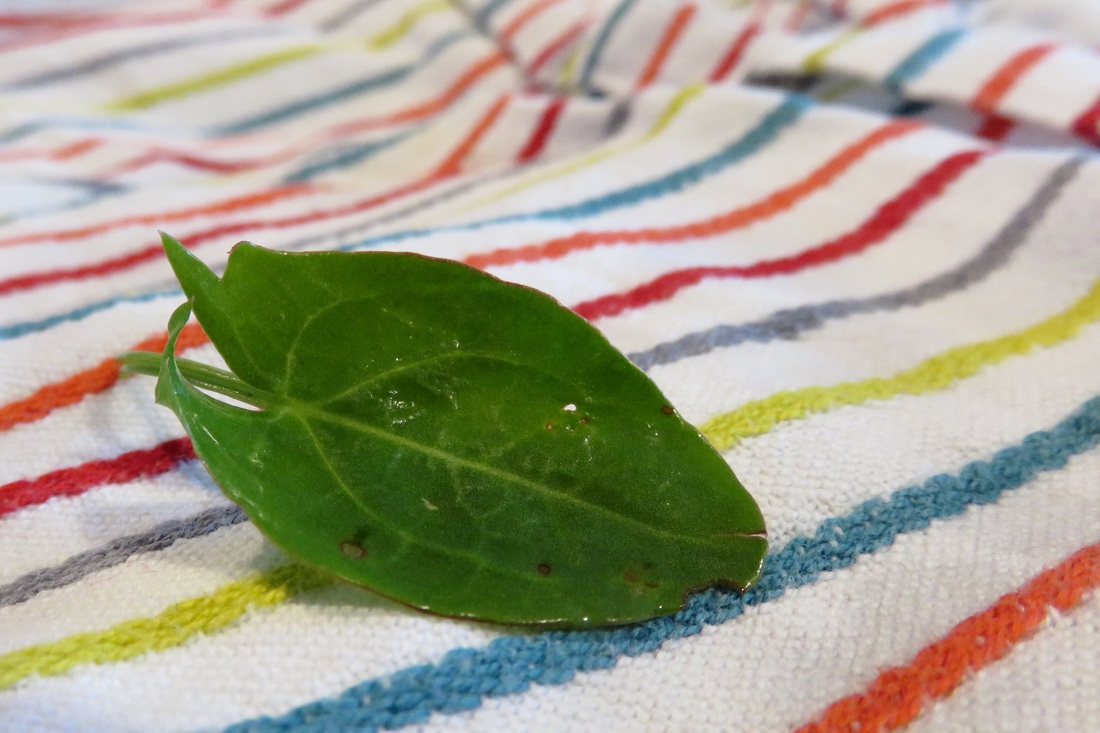
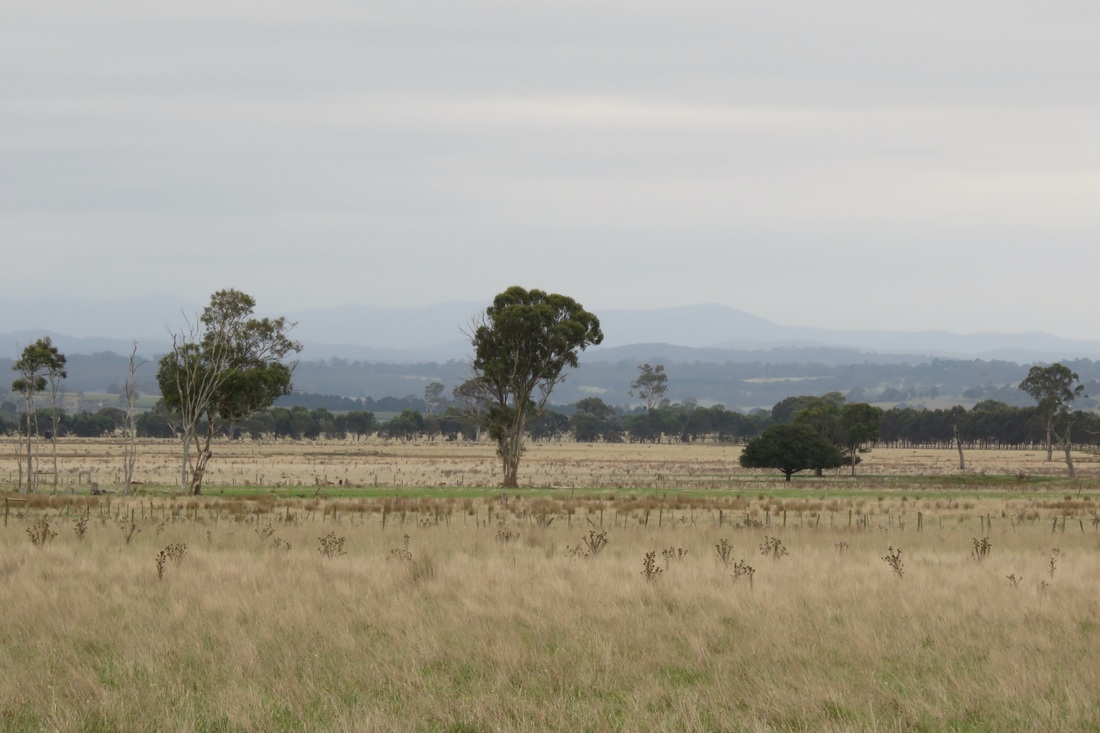
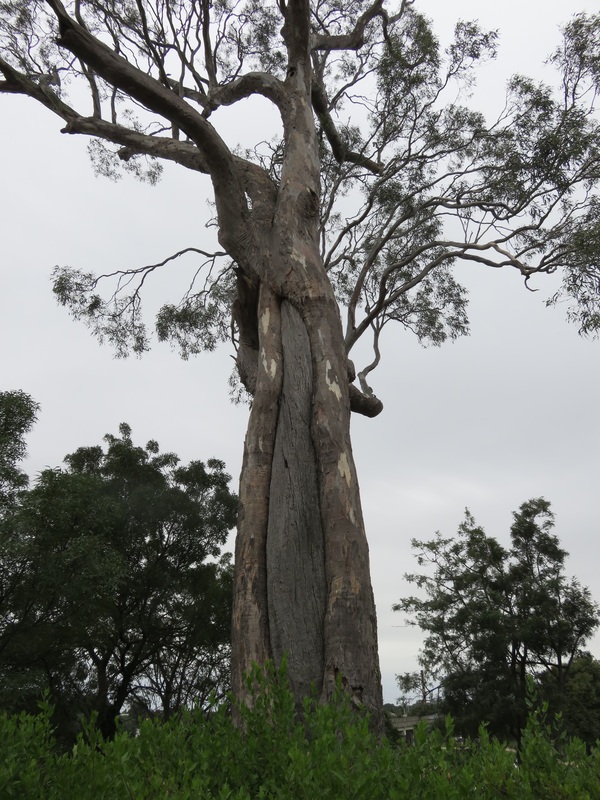
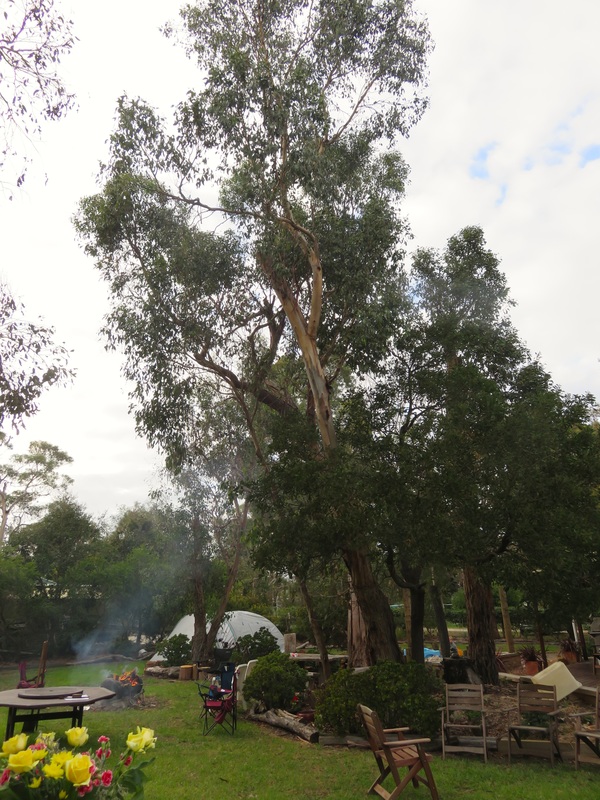
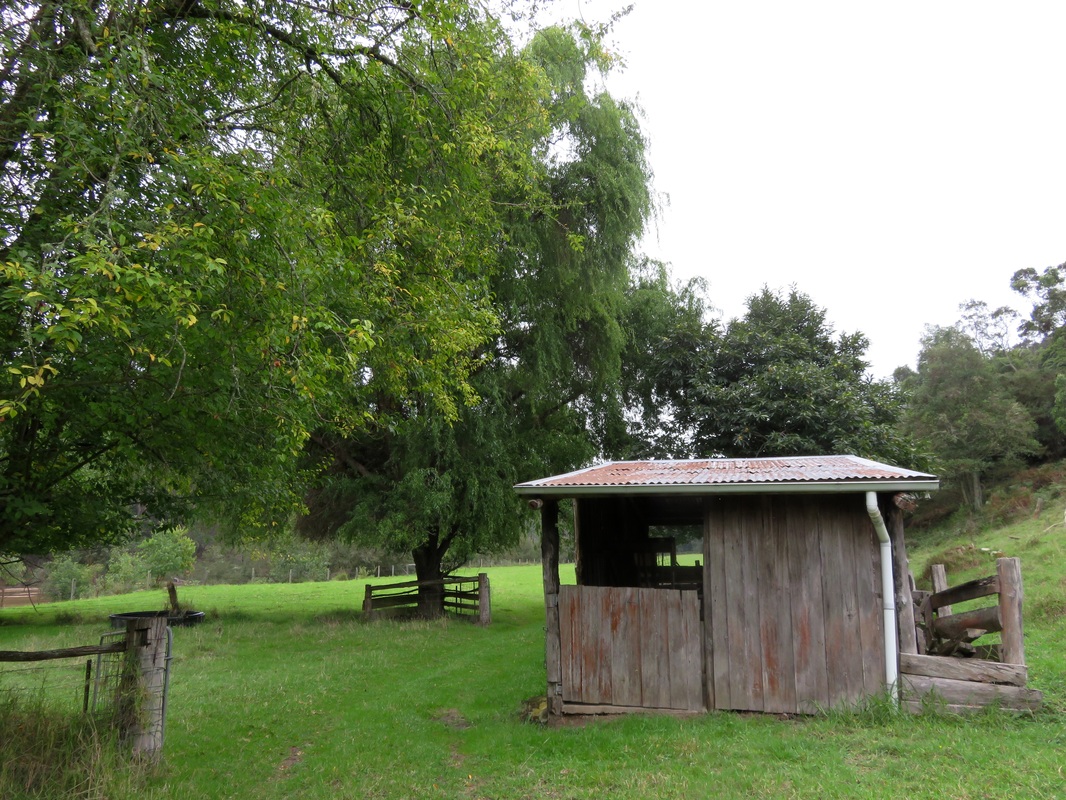
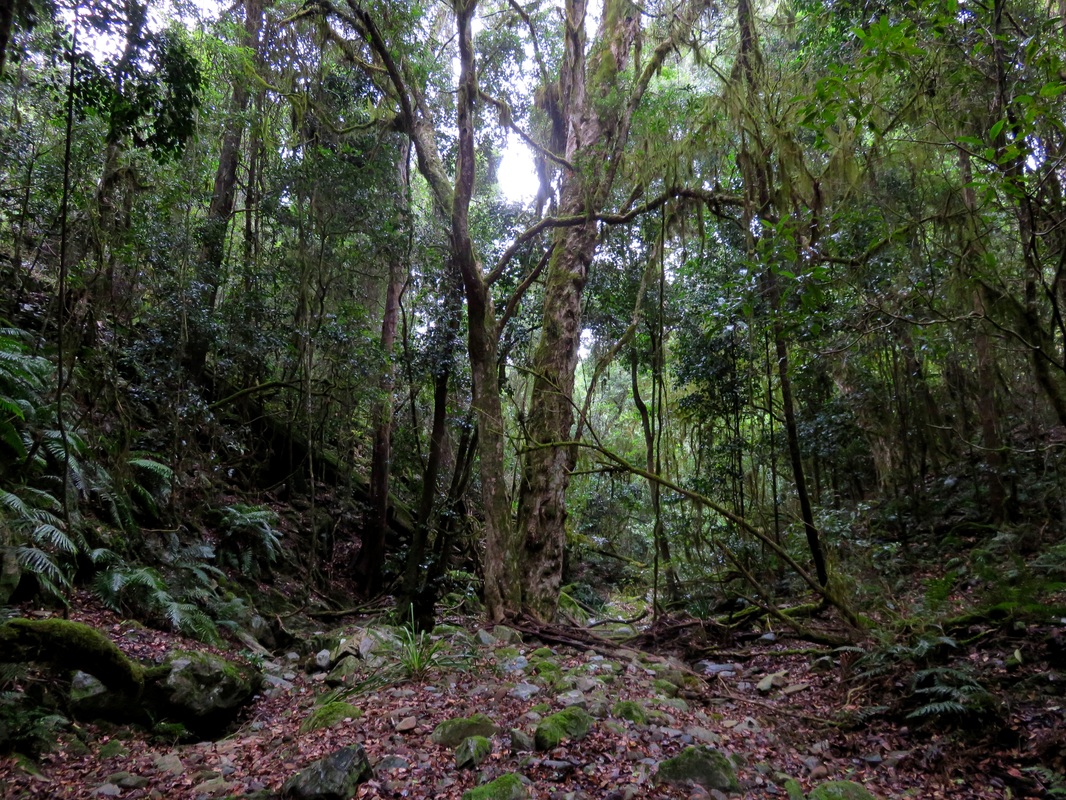
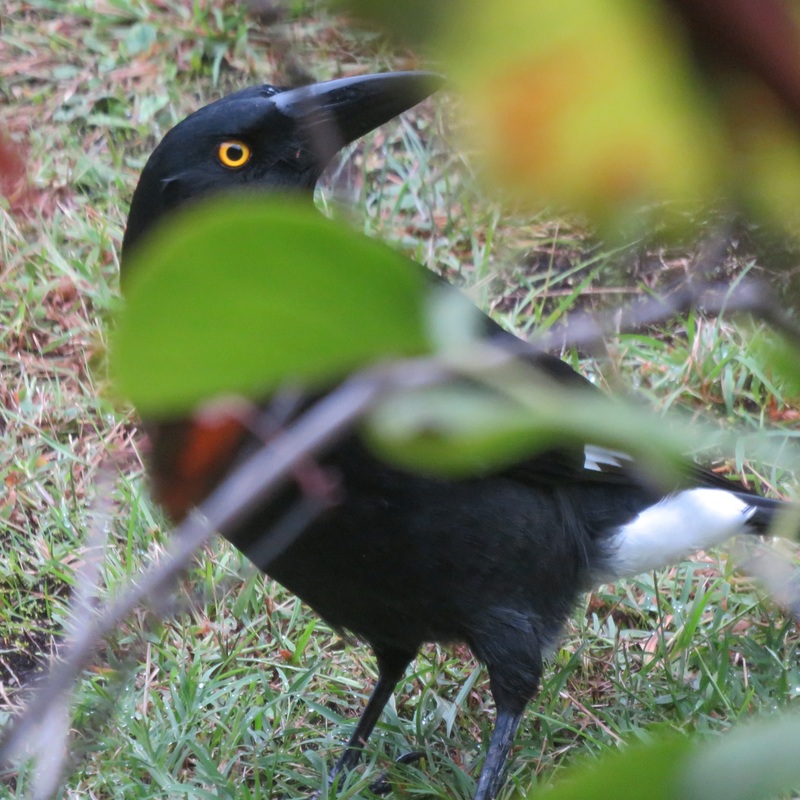
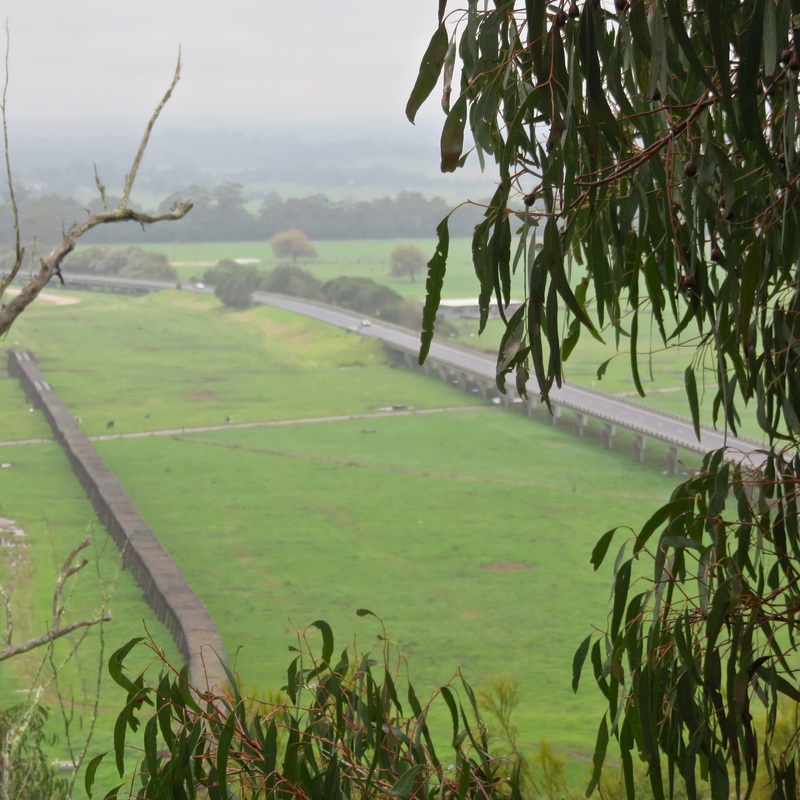
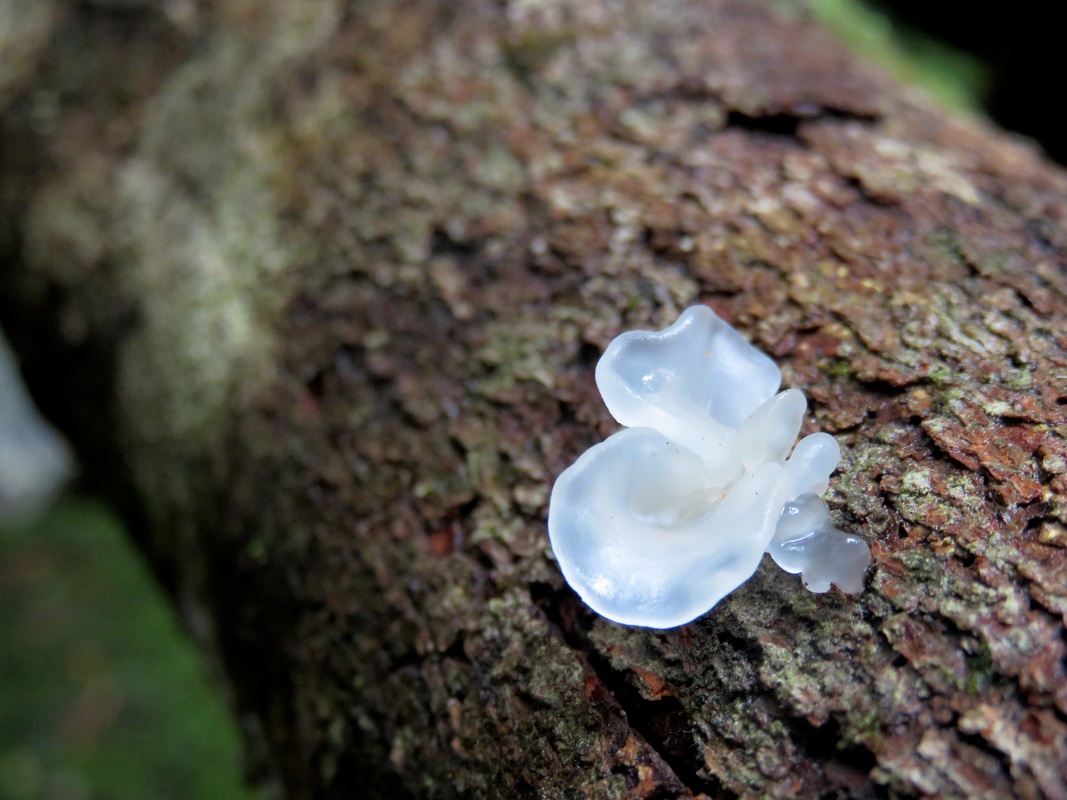
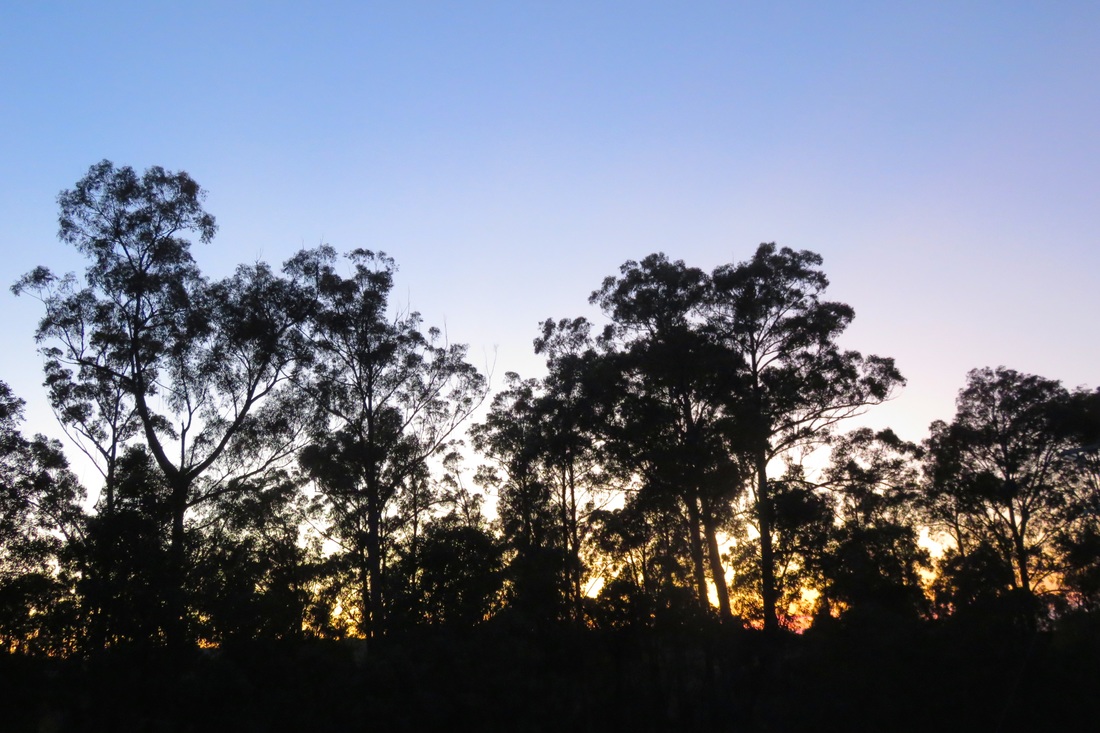
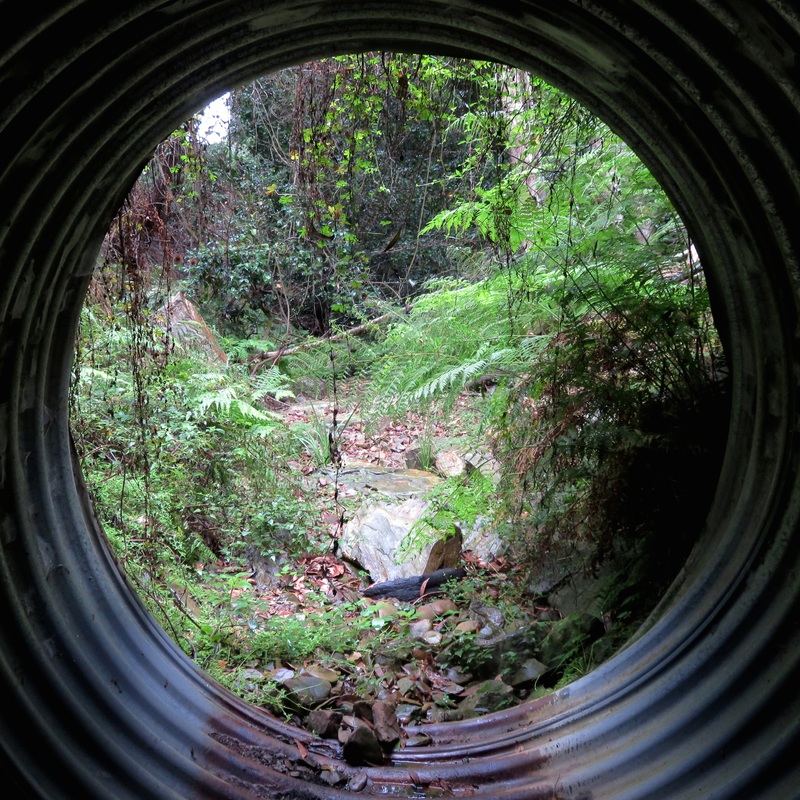
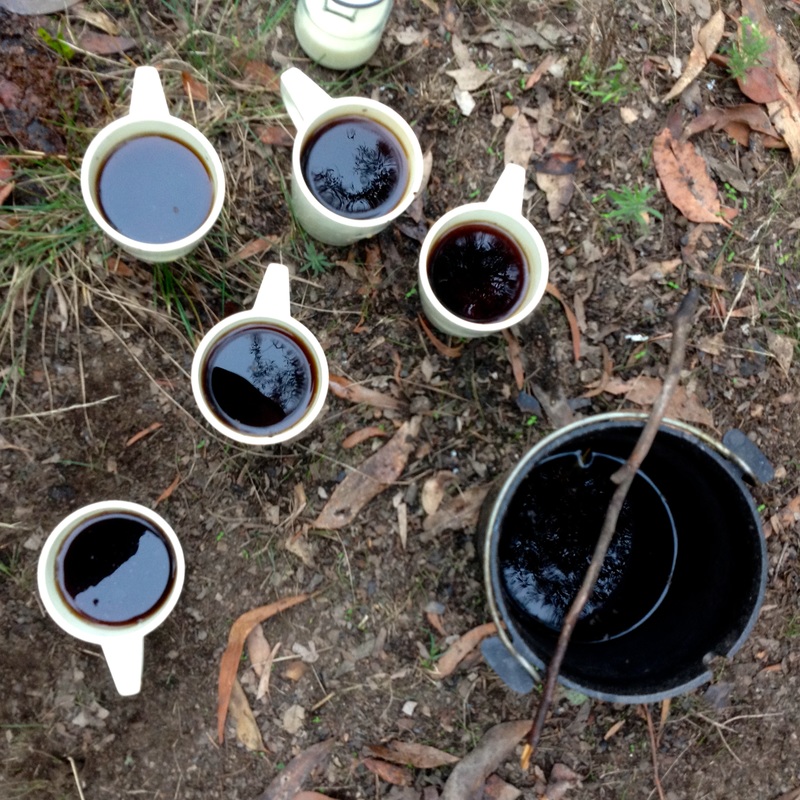
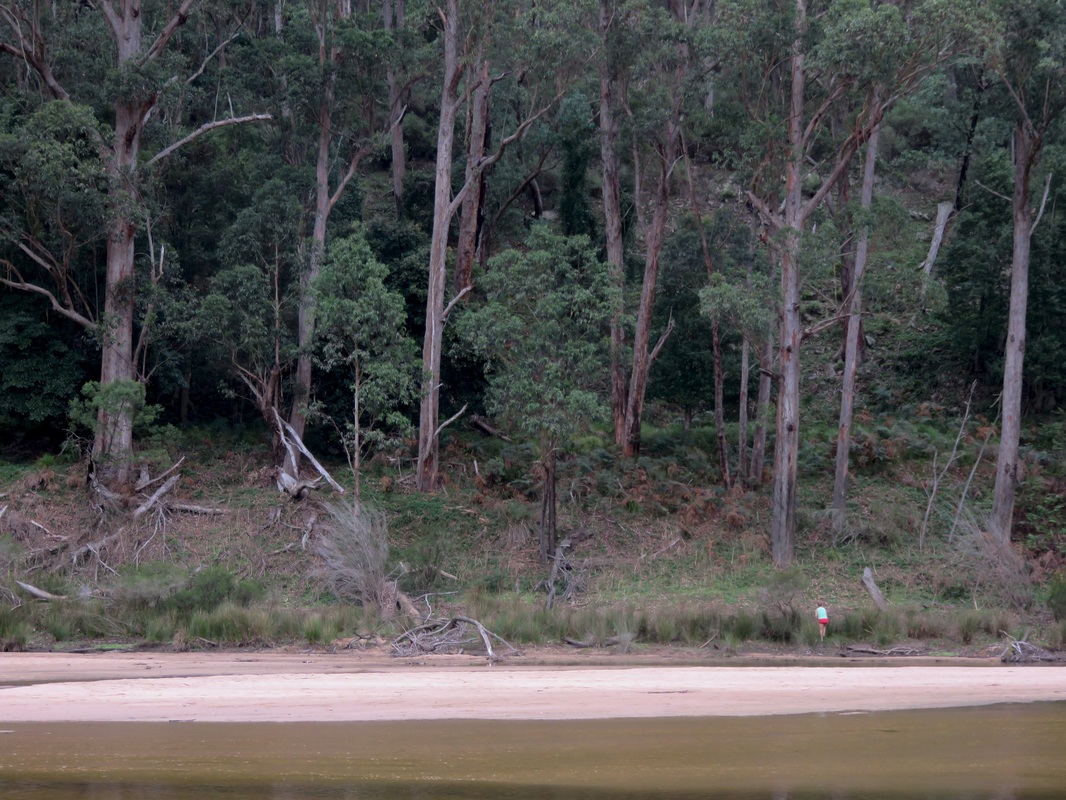
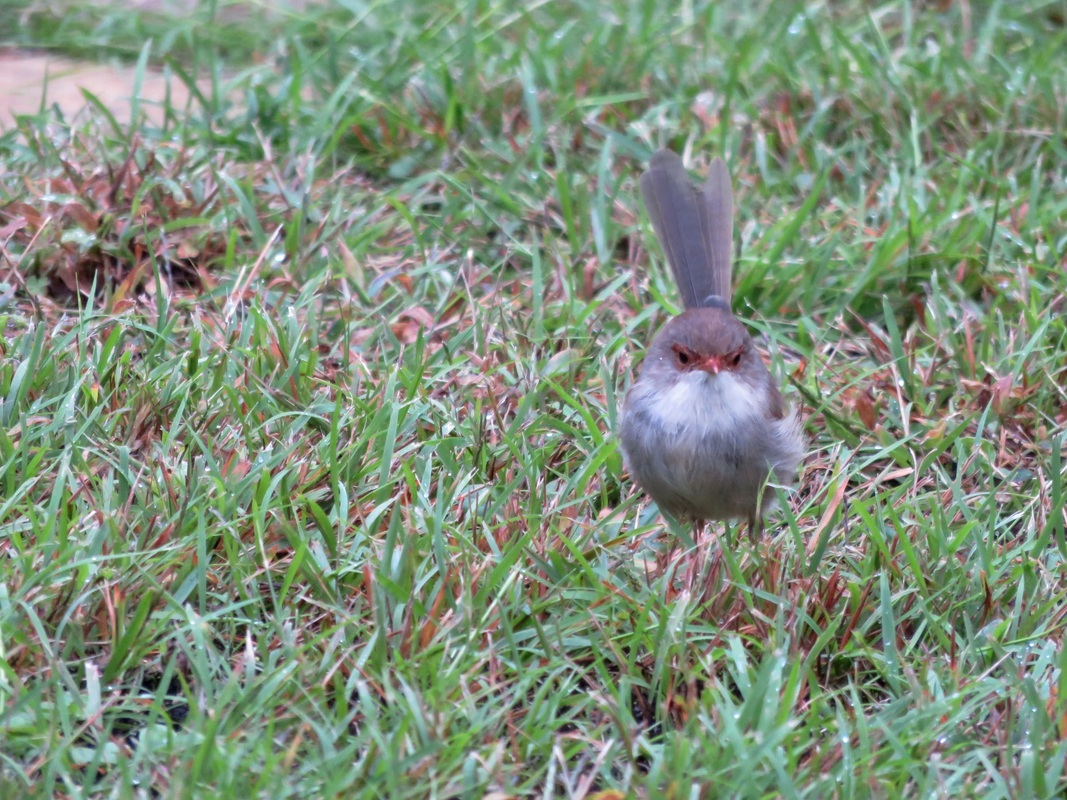
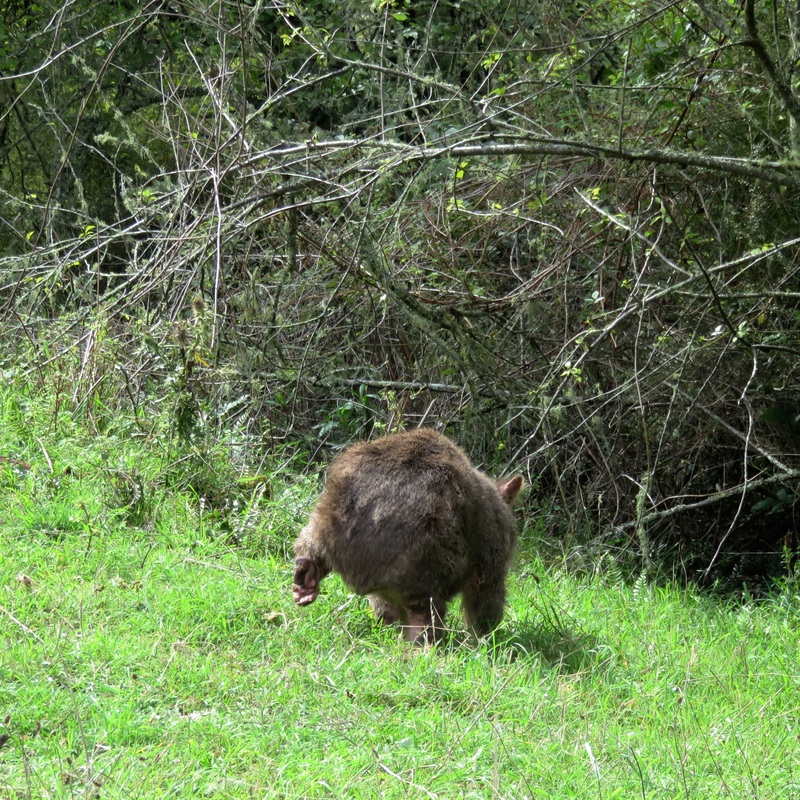

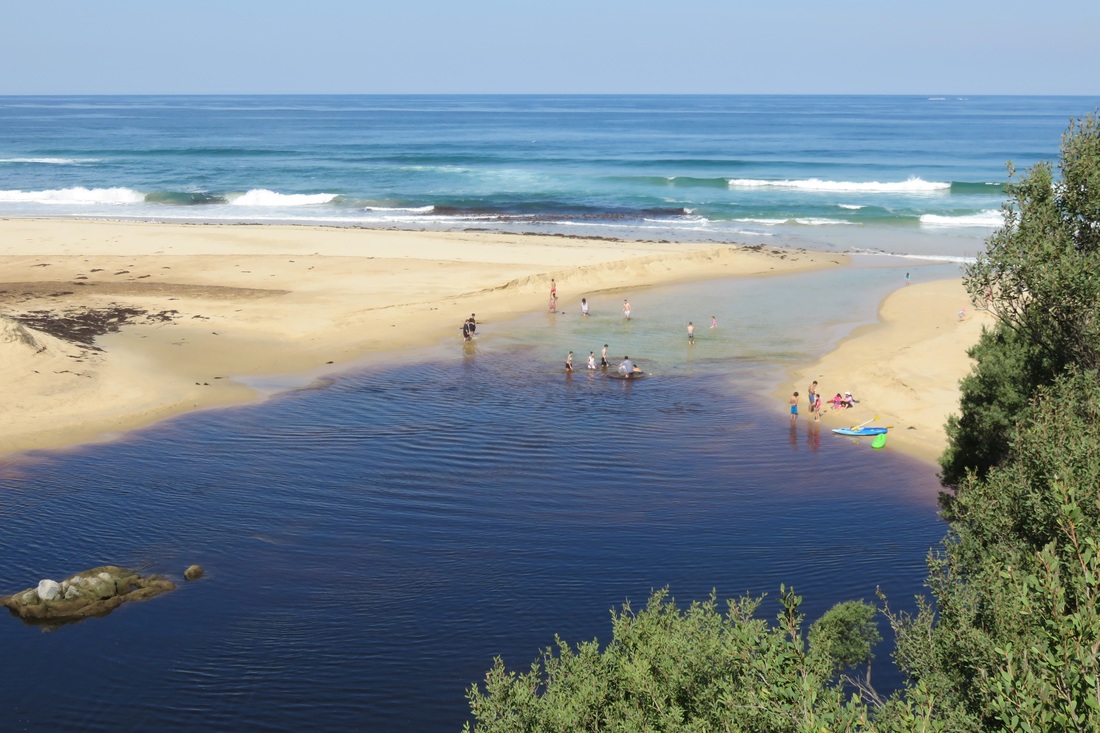
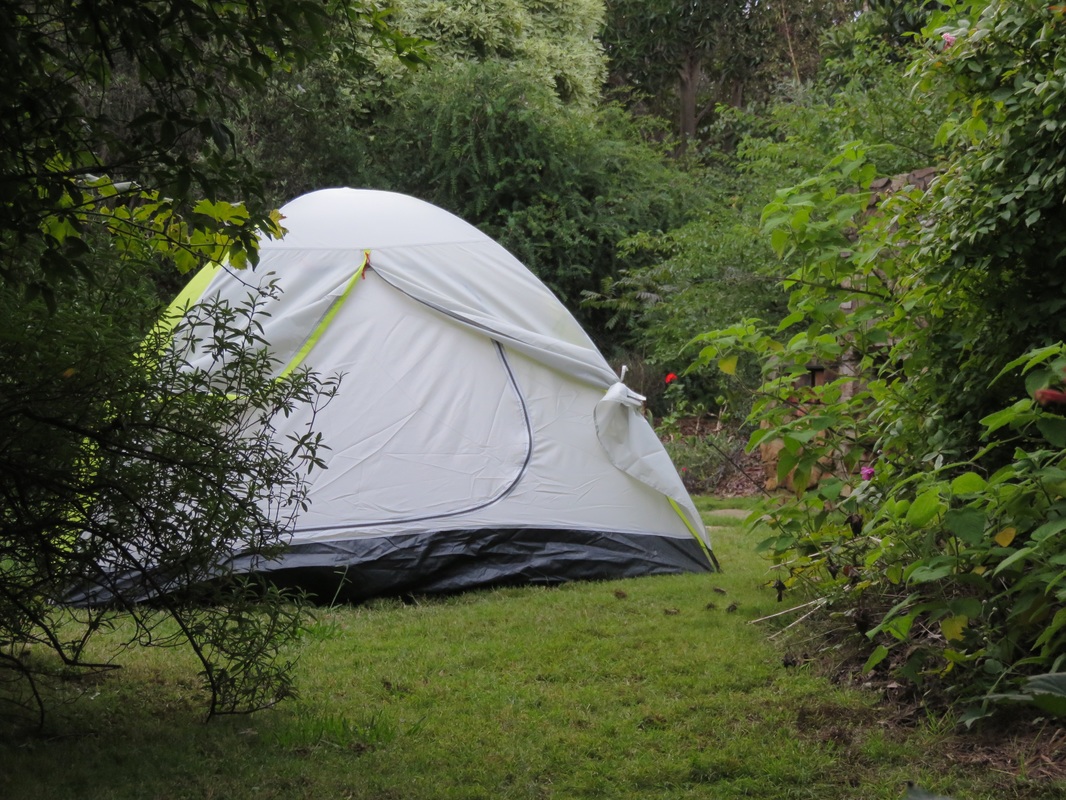
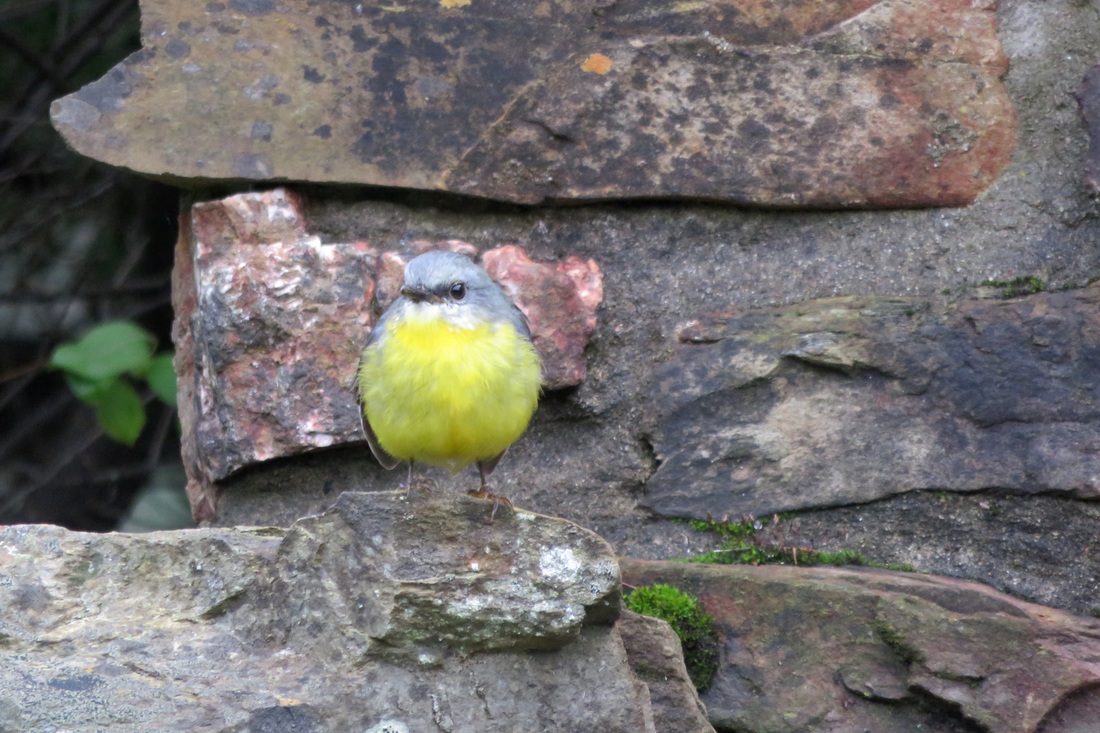
 RSS Feed
RSS Feed
